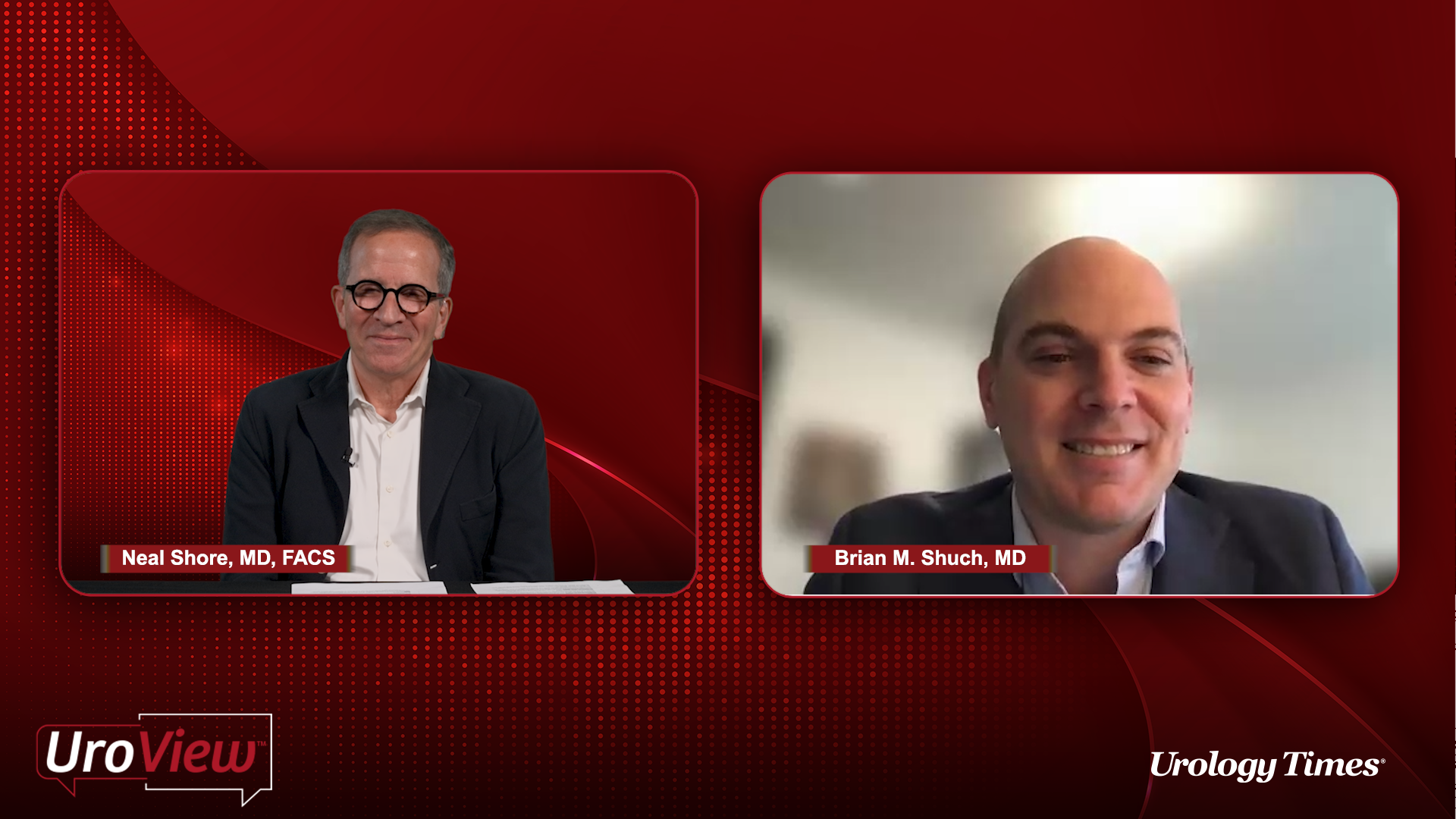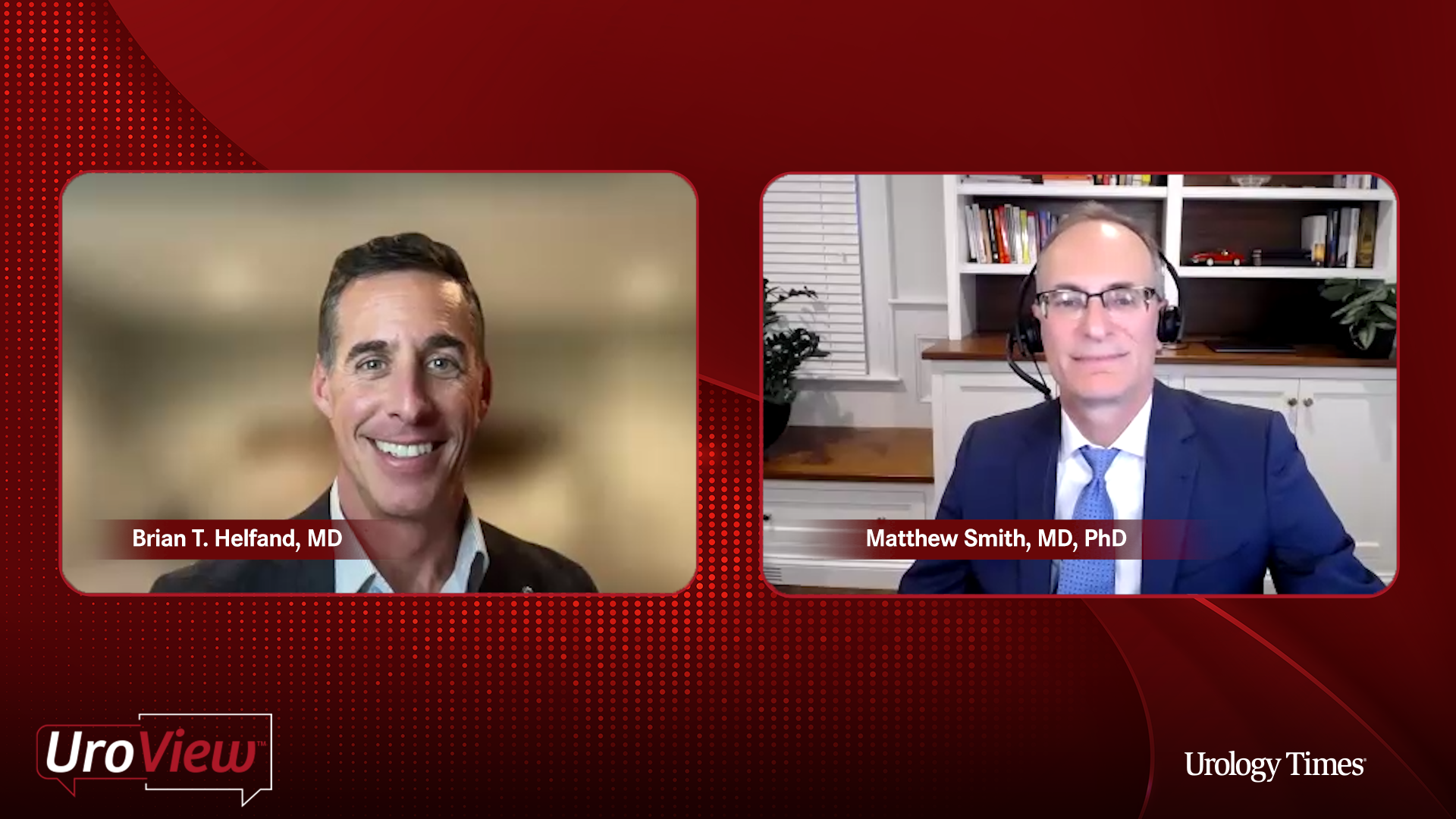Video
Diagnosis of Enteric Hyperoxaluria
Author(s):
An expert endourologist describes the prevalence and diagnostic processes of enteric hyperoxaluria, as well as common challenges faced in making a diagnosis.
Kristie Kahl: What’s the prevalence of enteric hyperoxaluria in the United States?
Kyle Wood, MD: That’s a tough question to answer. Enteric hyperoxaluria is still a disease that we may not be diagnosing, or that we’re underdiagnosing. If you look at the most common causes of enteric hyperoxaluria—that being bariatric surgery—we have some idea of the number of procedures being done and the number of people who will have hyperoxaluria when they’ve had these procedures. When you look at a bariatric surgery, there are over 100,000 bariatric surgeries being done annually within the United States. Some studies suggest that upward of 75% of those individuals will have at least one 24-hour urinalysis showing hyperoxaluria. If you look at those large numbers, you can imagine a large population of at least 75,000 cases per year who are having this surgery, resulting in hyperoxaluria. Obviously, those populations are living longer. The accumulation of each of those years and populations estimate that there’s about 250,000 patients with enteric hyperoxaluria and kidney stones. About 100,000 of those patients are recurrent kidney stone formers. Enteric hyperoxaluria isn’t just caused by bariatric surgery. It also can be a manifestation of Crohn disease, cystic fibrosis, or other bowel surgeries. It may be a result of gut permeability, or—for some of the idiopathic hyperoxaluric patients—it may be explained by an enteric cause if we look further into it. The population is much larger than we’ve come to realize. It probably represents hundreds or thousands of people in the United States.
Kristie Kahl: Can you describe the diagnostic process?
Kyle Wood, MD: It really stems from a good history and a physical exam. Understanding what those patients have had done and, by surgical procedures, whether they’ve had bariatric surgery, and getting a good feel of both their dietary intake and their bowel habits. That’s the initial phase: taking our kidney stone formers and doing a good history and a physical exam. If you follow the AUA [American Urological Association] Guidelines, a lot of these individuals would require a metabolic work-up, which would be a 24-hour urinalysis. That’s how we would diagnose hyperoxaluria—greater than 40 mg of oxalate per day with an accurate collection. That’s the work-up that we do to determine whether they have an oxalate issue, and whether the patient has enteric hyperoxaluria.
Kristie Kahl: With the diagnostic process, do you think community providers are aware of the need to diagnose hyperoxaluria?
Kyle Wood, MD: There’s a disconnect, as I had mentioned before. The community providers and academic centers sometimes treat kidney stones as an episodic event. The patient comes in, and we may treat them surgically, or we may not further work them up on why they’re forming stones. There’s a disconnect. We need to do better, as providers, to start working up our patients. The hallmark is that metabolic work-up of a 24-hour urinalysis. Blood work is not needed for the diagnosis of that. However, blood work, in the setting of 24-hour urine analysis, can help understand why a stone former might be forming stones for other reasons.
Kristie Kahl: I know you mentioned the disconnect, but what are the challenges in diagnosing hyperoxaluria?
Kyle Wood, MD: Some of the challenges are the physicians themselves—us ordering the tests. Some of it’s the vendors we use for the 24-hour urine test. It’s not a complex study, collecting urine for 24 hours, but it’s an inconvenience for the patient. There are compliance issues with the actual collection of the order, so if we order a 24-hour urine test, seeing it to completion is sometimes difficult. In addition, as I had mentioned previously, another challenge is the accuracy of the collection. Despite us ordering the 24-hour urine test and the patient collecting it, they may not collect it accurately, meaning it may not be a full 24-hour urine. It may be an under- or overcollection, which can make results difficult to determine, and whether to diagnose them with hyperoxaluria. Those are some of the issues that we run into. It comes down to actually placing the orders for the patients, getting them to complete their 24-hour urine test, looking at the results in a very practical way, understanding if they are hyperoxaluric and the causes of that, and then recognizing patients who are enteric.
Transcript edited for clarity.




